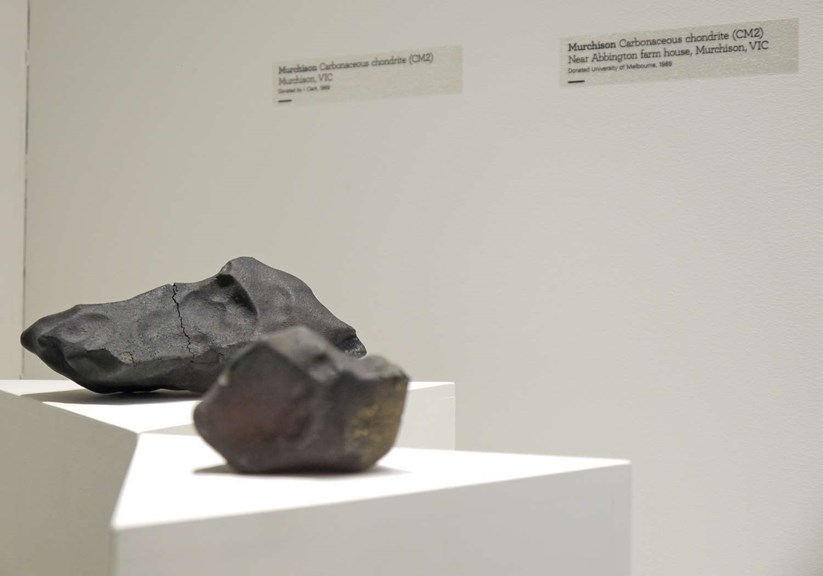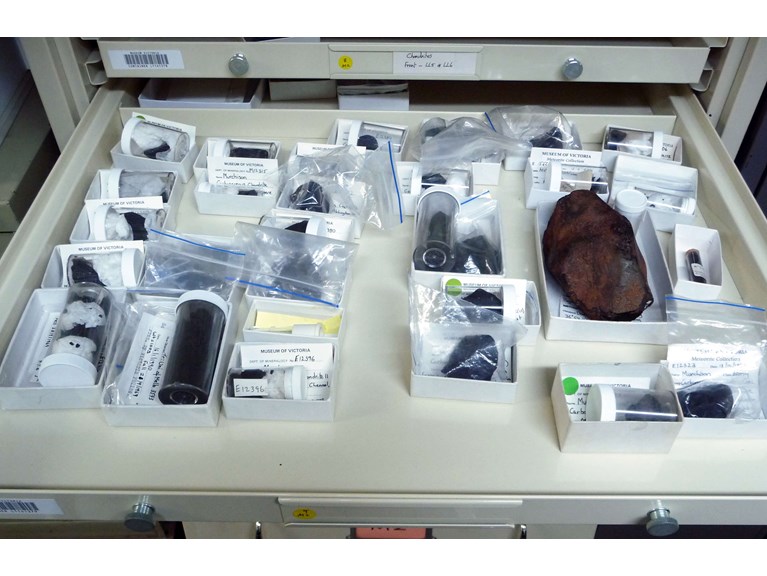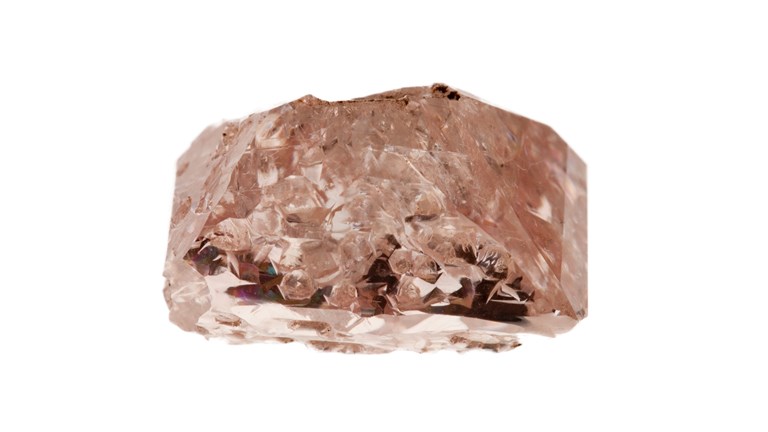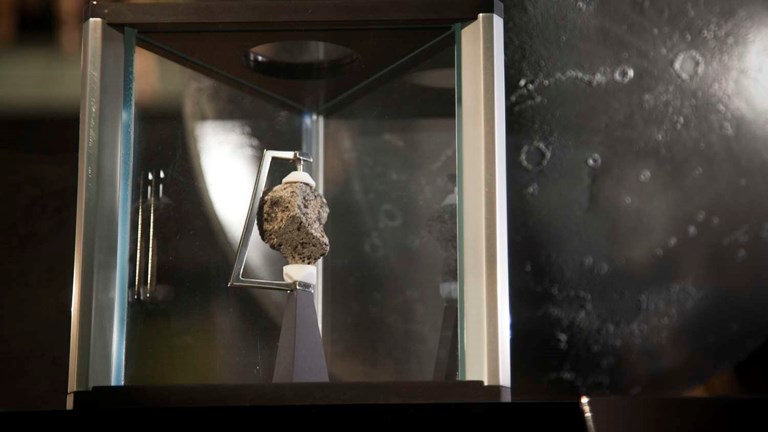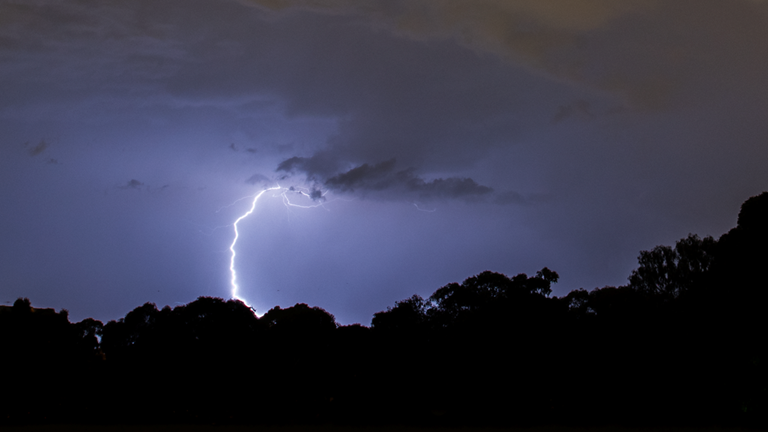The Murchison meteorite
The Murchison meteorite is one of 16 meteorites known from Victoria, and is rare in that it was actually observed falling, rather than just being found on the ground, so it came to scientists fresh.
It exploded in the atmosphere over Murchison, Victoria, about 160km north of Melbourne, on 28 September, 1969 and fell over an area around 35km2. So, when we talk about 'it', we’re really talking about lots of broken pieces of a single object.
These pieces are on display in Melbourne Museum's Dynamic Earth exhibition and are just a very small portion of what was collected.
The largest piece found weighed nearly 7kg though many more were just a few grams each. In total, around 100kg was collected and over 80kg of that made it into science collections.
While a lot of the material went overseas (mostly to the Field Museum in Chicago who have nearly 52kg and the Smithsonian in Washington DC who have nearly 20kg), some remained in Australia. Over 7kg stayed at the University of Melbourne and much of this was later donated to Museums Victoria. We have about 3.5kg and whilst only the largest pieces are on display; we also have lots of smaller pieces:
Most of the pieces of rock in this drawer are parts of the Murchison meteorite (though not the big rock on the right – that's actually a different meteorite of a similar type called Rainbow that was found in Victoria in 1994).
Opening the sealed tubes, you can still smell, very faintly, what Dr. John Lovering from the University of Melbourne who organised the collection of the meteorite pieces in 1969 described as "just like methylated spirits – very strong".
This was the first indication that the meteorite he was looking at was a rare type called a carbonaceous chondrite. Unlike more common rocky meteorites, a carbonaceous chondrite is packed full of organic molecules and a lot of water; this one is eight per cent water.
The year after it was collected, papers began to appear in scientific journals describing the chemical composition of the meteorite and excitement about its scientific significance began to grow.
A paper in the journal Nature describing the discovery of amino acids of extra-terrestrial origin in the meteorite made, if you’ll pardon the pun, quite an impact, and was widely covered in the press, even making it into Time Magazine.
Papers are still being published on it – one came out in 2011 in the Proceedings of the National Academy of Sciences, and a new chromium sulfide mineral, Murchisite (Cr5S6), was reported in American Mineralogist.
To date over 70 amino acids have been identified from the meteorite, only 19 of which are known from Earth. These, and the many other chemicals that have been identified, suggest there could be thousands of complex organic chemicals present.
What’s so interesting about these molecules is that they demonstrate that the simple chemical building blocks necessary for life on Earth seem to form quite easily in other places.
It isn’t just the origins of life that the Murchison meteorite may tell us about. It contains tiny pre-solar grains – nano-diamonds and silicon carbides, among others, that formed in supernovas long before our own sun appeared – which tell us a lot about how our own, and other, solar systems formed.
But not only that, information from the pre-solar grains in the Murchison meteorite has been fundamental in figuring out a lot about how elements are originally produced and a lot about the structure and mechanics of stars.
So the Murchison meteorite is definitely pretty cool – biologists, chemists, astrophysicists and those of us who just think rocks that fall out of the sky are fascinating all agree on that.
Museums Victoria's Head of Sciences Dermot Henry says, "it’s so unusual and it’s yielded so much information about cosmology, element formation and how the universe works – it’s probably generated more publications than any other meteorite. And it’s Victorian!"
To coincide with the 50th anniversary of the Murchison meteorite, Dermot gave a lecture at Melbourne Museum:
You can see the Murchison meteorite for yourself at Melbourne Museum's Dynamic Earth exhibition.
Got a question about meteorites? We can help you with general research enquiries. Ask us!
